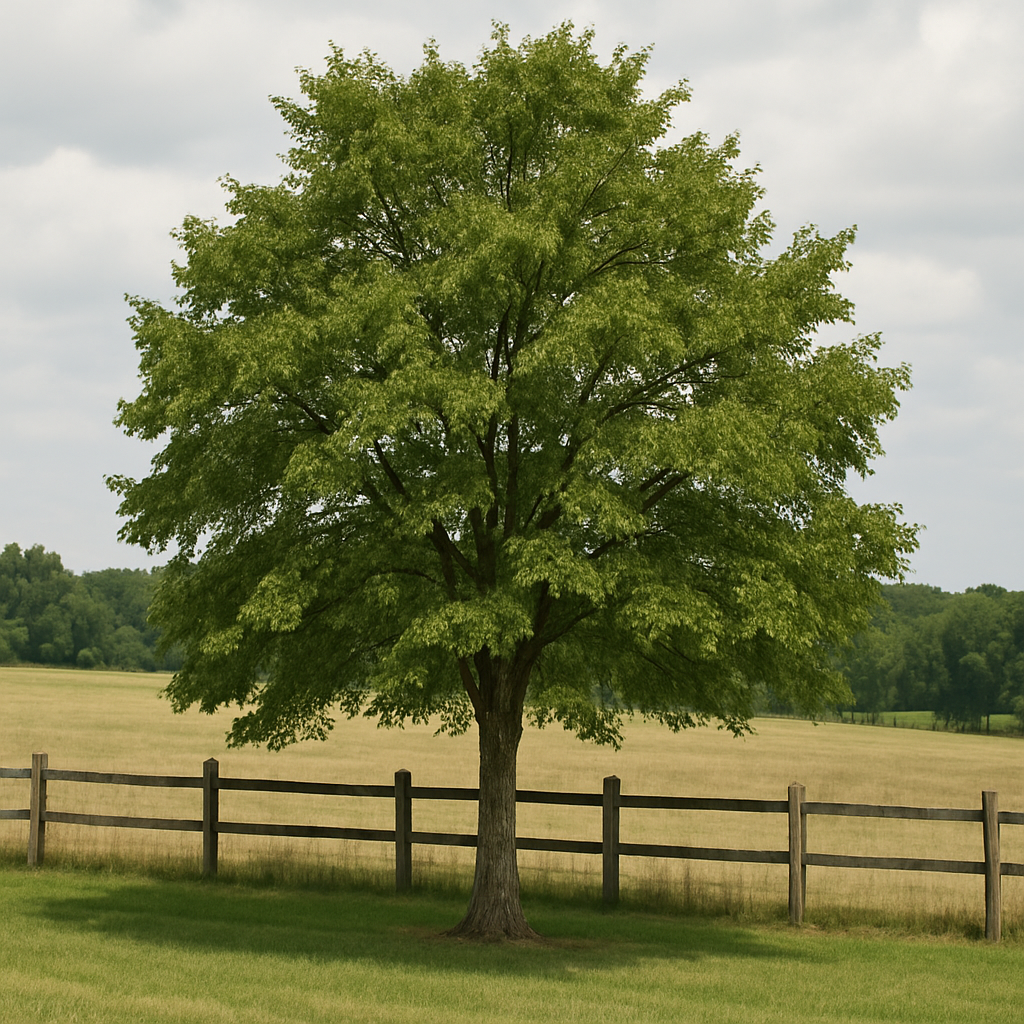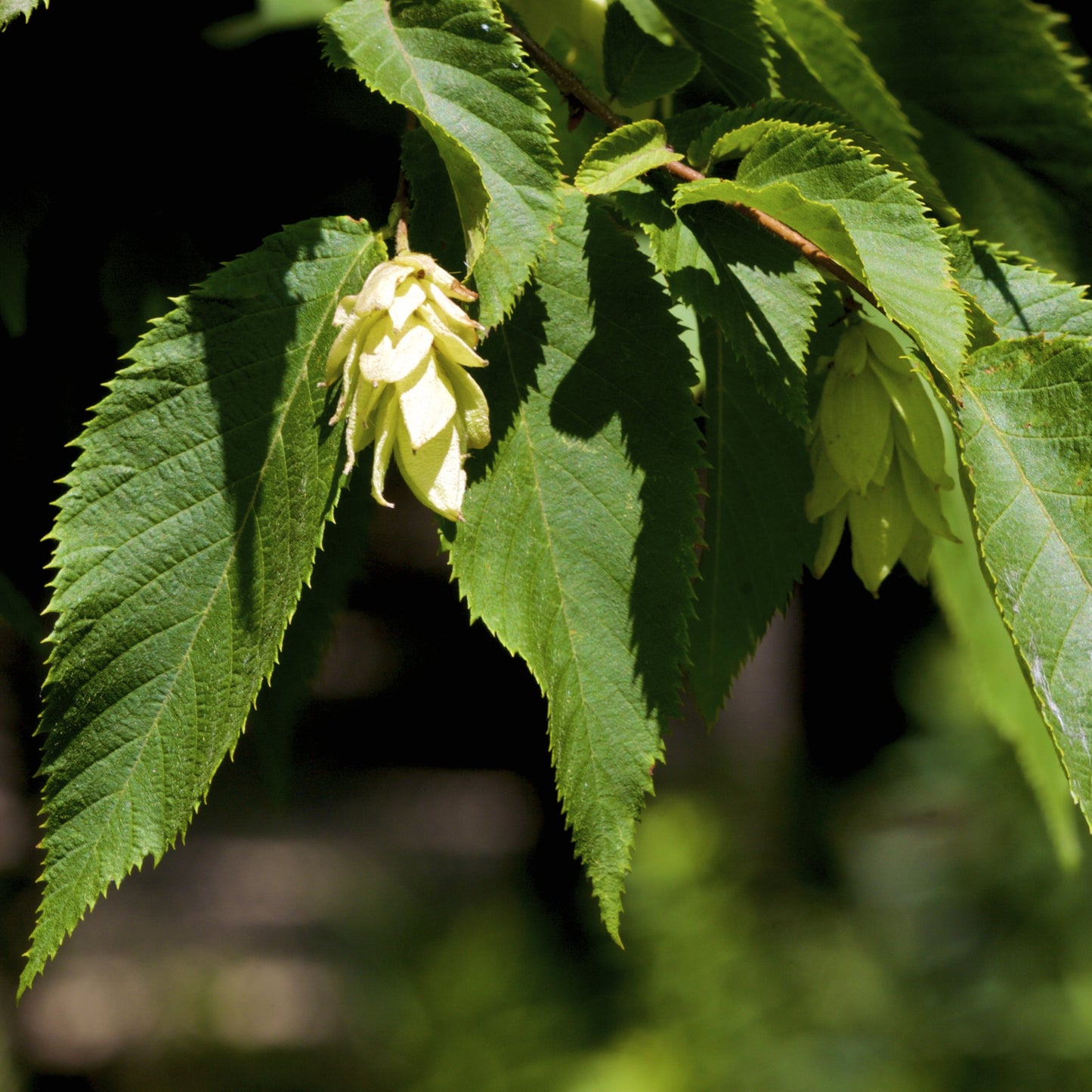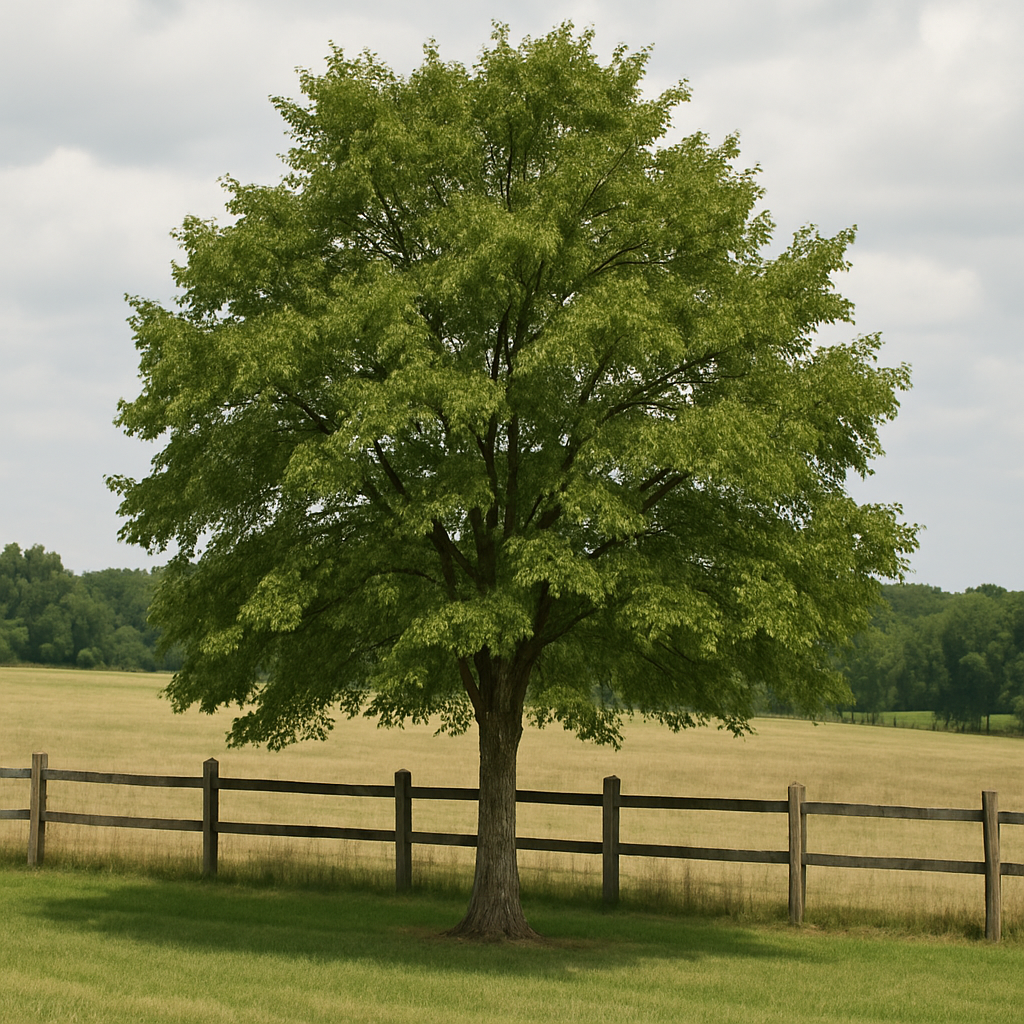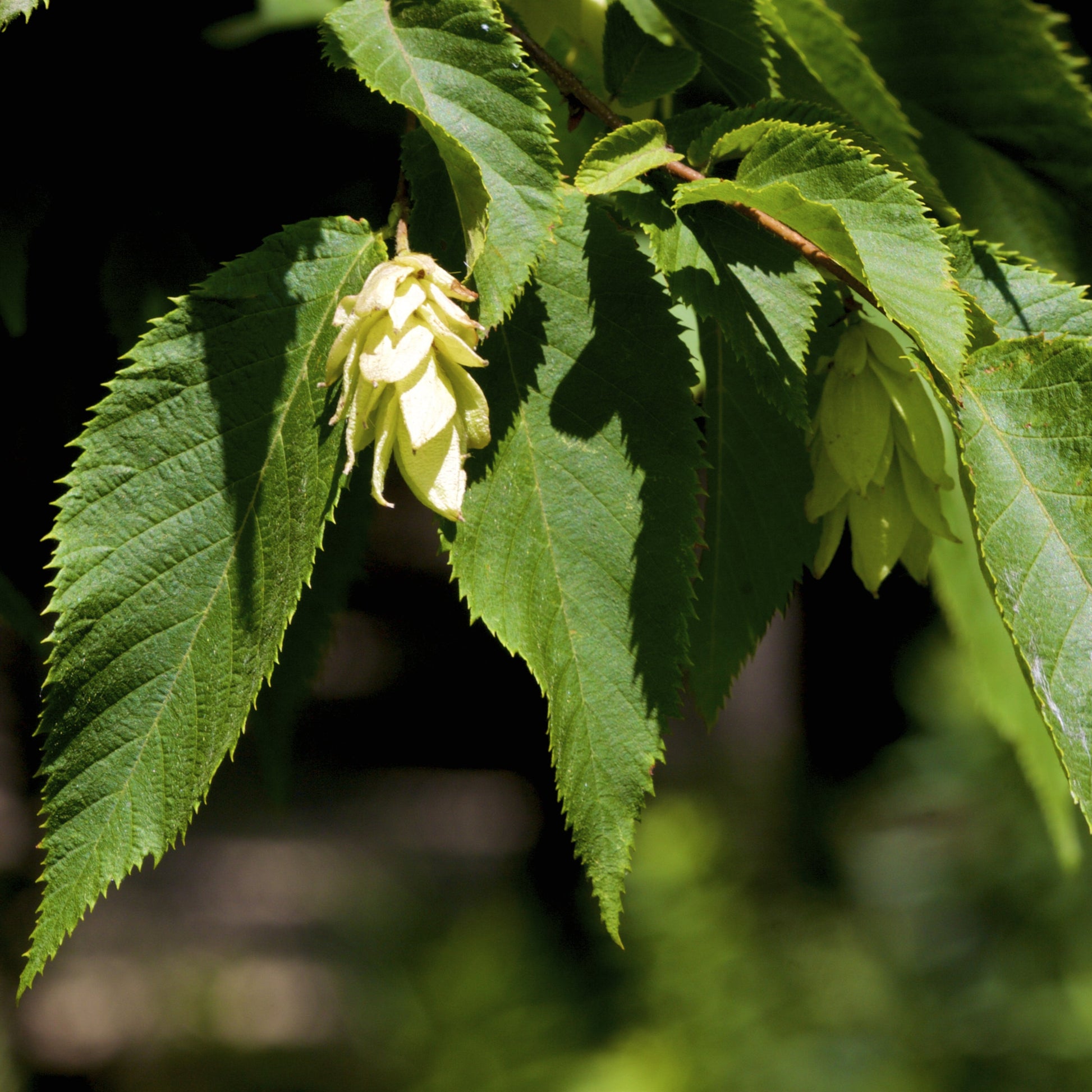Limited Quantities - Reserve Now For Fall
Hophornbeam Tree
Hophornbeam Tree
Couldn't load pickup availability
Ostrya virginiana
Hophornbeam Tree
The Hophornbeam Tree, also known as Ironwood, is a durable, slow-growing native hardwood valued for its strong wood, attractive hop-like seed clusters, and finely textured foliage. With graceful, birch-like leaves and exfoliating bark, it brings a quiet elegance to naturalized and shaded landscapes.
Highly adaptable and extremely low maintenance, Hophornbeam is perfect for woodland gardens, park settings, dry slopes, and wildlife habitats where long-term performance and resilience are key.
Hophornbeam Tree Overview
| Attribute | Details |
|---|---|
| 🌿 Botanical Name | Ostrya virginiana |
| 🏷️ Common Names | Hophornbeam, Ironwood, American Hophornbeam |
| 🌳 Mature Height | 25–40 feet |
| 🌐 Mature Width | 20–30 feet |
| 📈 Growth Rate | Slow to moderate (6–12 inches per year) |
| ⏳ Lifespan | 100+ years |
| 🧊 USDA Zones | 3–9 |
| ❄️ Chill Hours | 1,000–1,200 hours |
| ☀️ Sun Preference | Full sun to partial shade (best growth in dappled sun) |
| 🧱 Soil Type | Well-drained loam, sandy, or rocky soils |
| ⚖️ Soil pH | Slightly acidic to neutral (5.5–7.0) |
| 💧 Water Needs | Low to moderate; drought-tolerant once established |
| 🌸 Flower Color | Inconspicuous yellow-green catkins |
| 🌰 Fruit Type | Hop-like seed clusters that persist into fall |
| 🐝 Pollination | Wind-pollinated; supports native wildlife indirectly |
| 🌿 Growth Habit | Upright, rounded to pyramidal form with fine branching |
| ↔️ Spacing | 20–30 ft for shade, screening, or naturalized settings |
| 🏡 Landscape Uses | Woodland edges, dry slopes, native gardens, wildlife plantings |
| 🧹 Maintenance Level | Low |
Environmental Benefits
🌿 Stabilizes slopes, dry soils, and woodland understories
🪶 Provides cover and structure for birds and small mammals
🌱 Supports biodiversity in mature forest ecosystems
🌞 Thrives in sunny to shaded conditions with minimal irrigation
Pros & Cons
| ✅ Pros | ⚠️ Cons |
|---|---|
| 🌳 Native, hardy, and highly drought-tolerant | 🌱 Very slow-growing, especially in early years |
| 🐦 Provides habitat and winter cover for birds and wildlife | ✂️ Minimal pruning required but shaping can be difficult once mature |
| 🌞 Thrives in dry, rocky, or shaded soils | 🪓 Dense wood makes transplanting more difficult at older ages |
| 🏡 Ideal for low-maintenance or naturalized landscapes | 🌿 Less showy flowers compared to ornamental trees |
| 🧬 Extremely long-lived with strong structural integrity | 💧 May need supplemental water in extreme drought during establishment |
Planting & Care Guide
🛁 Water thoroughly after planting and monitor soil moisture in the first season
🕳️ Dig a hole twice as wide as the root mass; plant at original soil depth
🌾 Apply mulch 2–3 inches deep to conserve water and suppress competition
💦 Water weekly during establishment; reduce as tree matures
✂️ Prune sparingly in late winter to remove dead or damaged limbs
🧪 Fertilize lightly only if soil is poor; generally thrives in nutrient-lean soils
The Hophornbeam Tree is a native, long-lived treasure that provides shade, structure, and ecological value in woodlands, slopes, and dry gardens. With its rugged beauty and low maintenance needs, it's a reliable addition for anyone seeking a resilient, native tree with deep roots in North American forests.
Share




